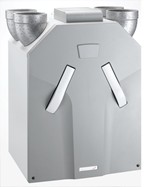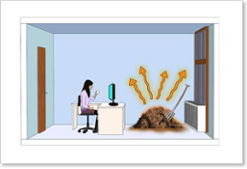Why Ventilation Is So Important to Consider When Making Energy Efficiency Improvements?
3/30/2015
Traditionally when deciding to make energy efficiency improvements in the home, the first thing that often comes to mind is better insulation, air sealing sources of air leakage and possibly upgrading heating/cooling equipment. Sometimes ventilation is overlooked but it plays a very important role in maximizing energy efficiency, health, and comfort. As air sealing and insulation improvements are made for the home, you need a mechanical ventilation strategy to ensure a constant supply of fresh air for the home.
Regular Efficiency
Read More




